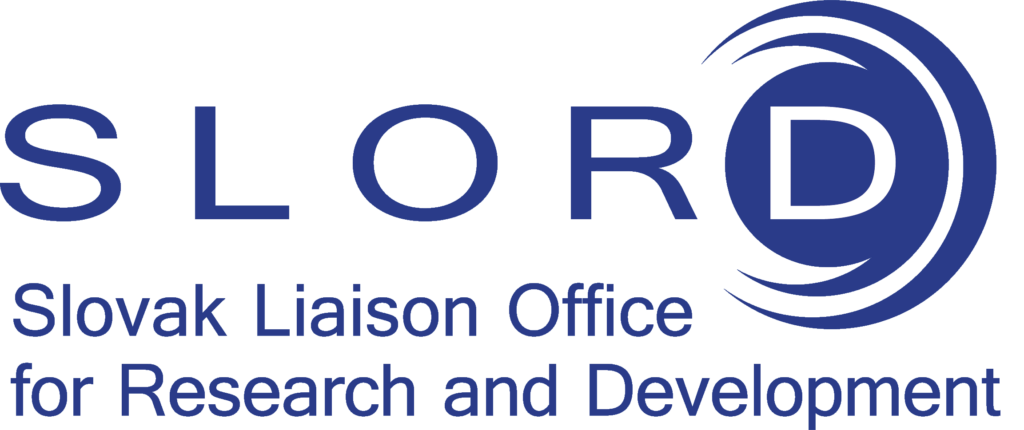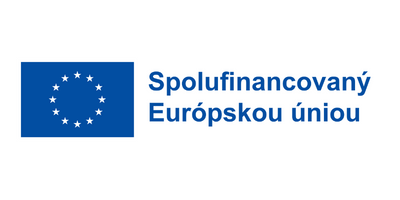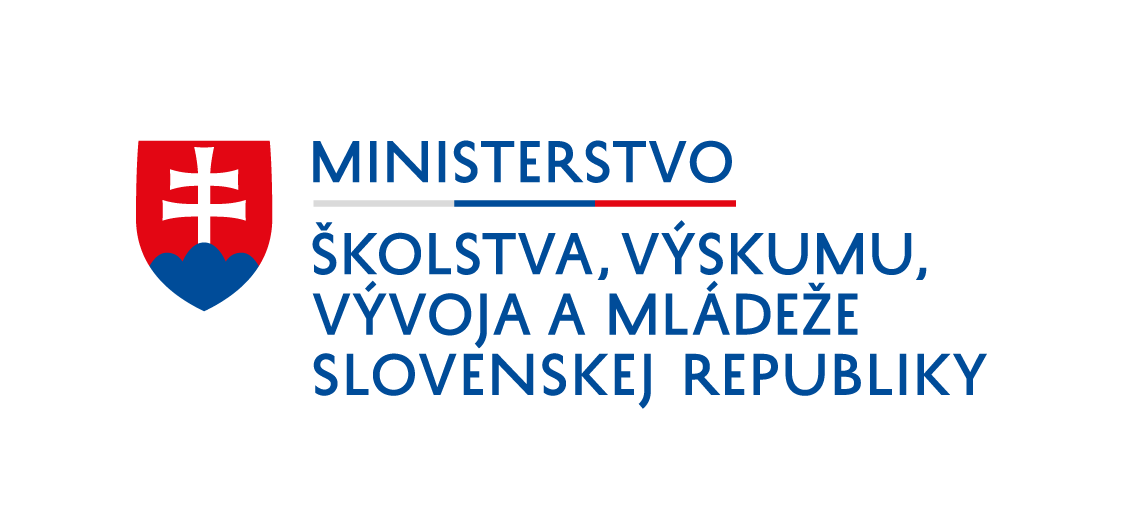
Martin Škoviera is a mathematician working mainly in graph theory and is a lecturer at the Faculty of Mathematics, Physics and Informatics at Comenius University in Bratislava. He was awarded during the 26th edition of the Scientist of the Year Award „for using innovative mathematical methods and publishing groundbreaking results on several important and long-standing open conjectures concerning cycles and coverages in graph theory,“
His recent research activities have focused on the area of deep, long open and interrelated graph theory hypotheses about cycles, flows and graph coverages (e.g., Fulkerson’s hypothesis, Berge’s hypothesis, Tutte’s 5-flow hypothesis, the double-coverage hypothesis for cycles, and others). In 2021 and 2022, he and co-authors from the cutting-edge research team he leads, as well as other collaborators, published a series of groundbreaking scientific papers. These have been published in leading scientific journals in discrete mathematics and general mathematics journals or accepted for presentation at major computer science conferences.
- The first group of papers (1st-5th) develops and applies an innovative method of approaching these conjectures based on a surprising combination of projective geometry and group flow theory. The contribution of these papers is, among other things, the unification and significant generalization of previous results on the Berge hypothesis and the refutation of several related hypotheses, which has directed further research in this area.
- The second group (6-10) consists of papers concerning various aspects of the above-mentioned hypotheses and, in particular, potential counterexamples to them – snark. Of particular note are papers 6-7 devoted to the morphology of snark, using a new method based on the analysis of 5-cycle clusters to classify them. In this way, all snarks up to 36 vertices (there are more than 64 million of them) can be divided into a small number of classes and the properties of each of them can be understood without the use of a computer, which was not possible before.
During the ceremony, additional awards were awarded to exceptional Slovak scientists and innovators as follows:
- Young Scientist of the Year: Ing. Michal Májek, Dr. rer. nat., Faculty of Natural Sciences, Comenius University in Bratislava – For international recognition and potential contribution of research in the field of chemical catalysis with piezoelectric materials;
- Innovator of the Year: doc. Ing. Vladimír Cviklovič, PhD. Faculty of Technology, Slovak University of Agriculture in Nitra – For significant contributions in control and navigation algorithms for the field of autonomous mobile robotics translated into two functional prototypes of autonomous mobile robots;
- Technologist of the Year: doc. Ing. Marek Vrabeľ, PhD. Faculty of Mechanical Engineering, Technical University of Košice – For providing complex technological preparation of production and production of unique parts for aerospace and nuclear industry;
- Personality of International Collaboration of the Year: prof. Ing. Mária Bieliková, PhD. Kempelen Institute of Intelligent Technologies – For unique contribution to the development and visibility of Slovak science at the international level in the field of artificial intelligence, involvement in scientific projects of Horizon Europe and the establishment of the Kempelen Institute of Intelligent Technologies with international outreach;
Published 11.9.2023



